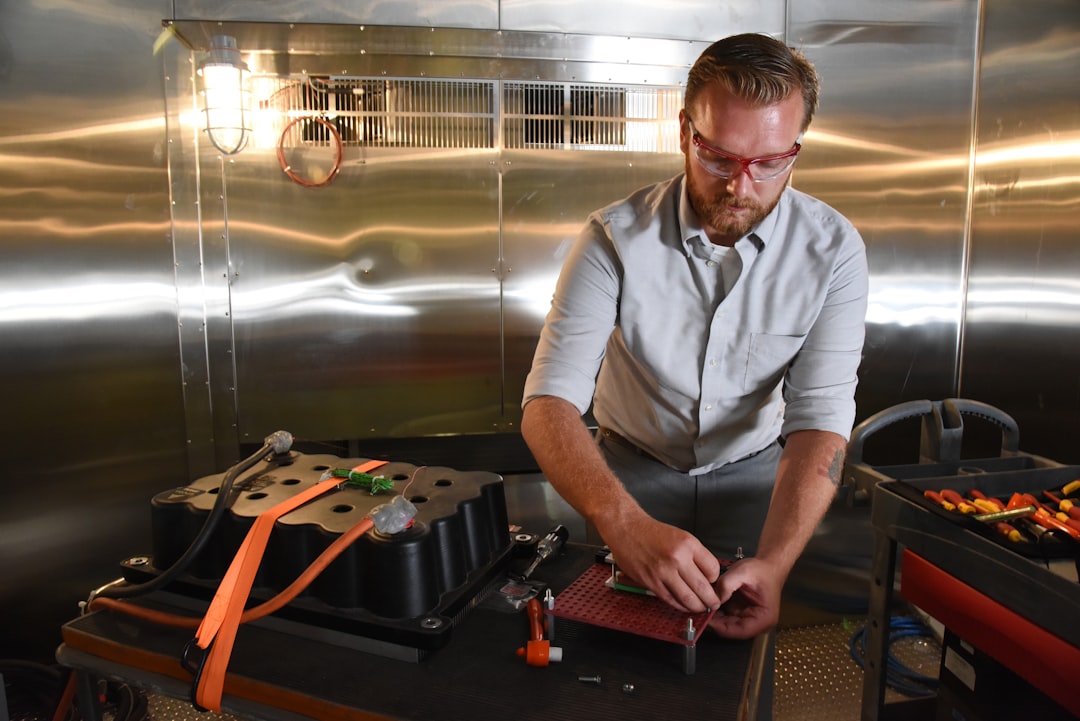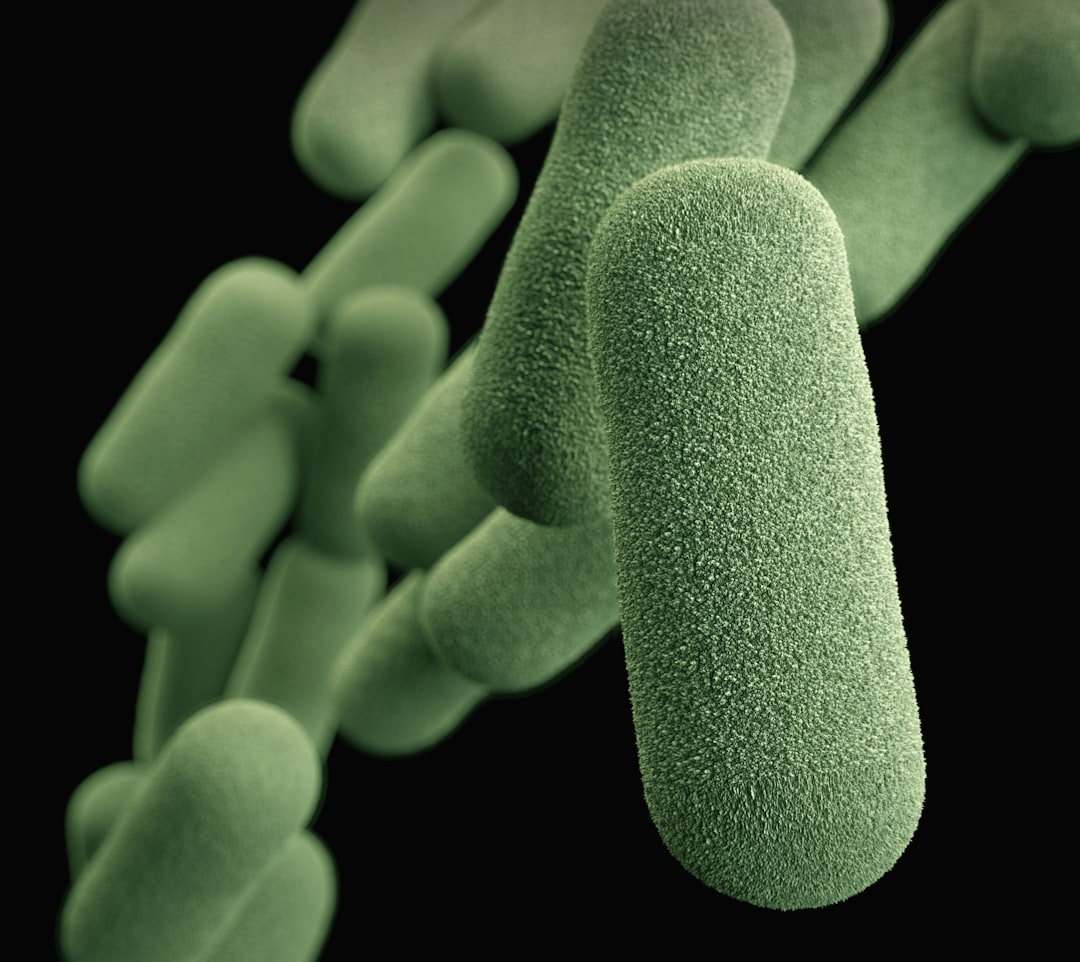What is it about?
The abundance, biomass and size-structure of planktonic populations, and the microbial metabolic processes were studied in the Sicily Channel, one of the most important spawning areas in the Mediterranean for anchovy (Engraulis encrasicolus), a pelagic species of commercial interest. Results showed that prokaryotes contribute for the 83% of total carbon biomass. Microphytoplankton abundances and biomasses were dominated by autotrophic nanoflagellates and dinoflagellates (36 identified species) and contribute 11% of total biomass. The microzooplanktonic biomass showed its maximum at the surface or subsurface and its contribution was low (4%). In agreement with the general oligotrophy of the investigated area, the study highlights the prevalence of pico-sized fractions within the whole phytoplankton biomass expressed as chlorophyll content, suggesting the importance of picophytoplankton in sustaining the microbial food web. At the same time, the levels of microbial hydrolytic activities are related to productive processes recycling the organic matter and releasing nutrients (P and N), indicating also an active functioning of ecosystem at low trophic levels. Autotrophic production exceeded oxidation by respiration; at the same time, the co-variation of prokaryotic activities and eggs distribution with temperature in summer was observed. The results obtained confirmed that the area acted as a nursery for small fish and both autotrophic and heterotrophic processes supported by microorganisms were in synergy
Featured Image
Read the Original
This page is a summary of: Trophic structure and microbial activity in a spawning area of Engraulis encrasicolus, Estuarine Coastal and Shelf Science, July 2018, Elsevier,
DOI: 10.1016/j.ecss.2018.04.008.
You can read the full text:
Contributors
The following have contributed to this page










